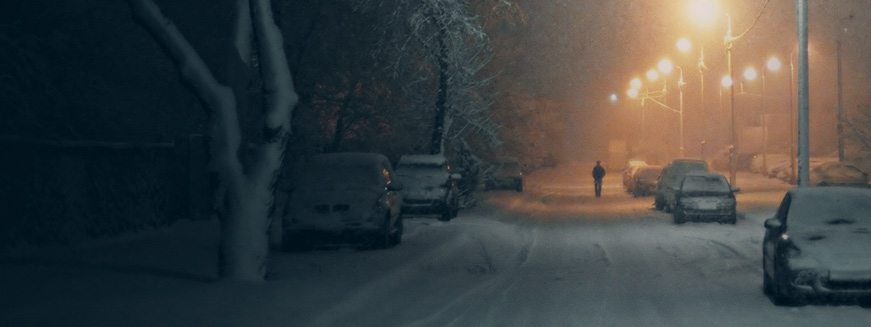The Fresh Blog
Lifestyle, Health, Nutrition & Inspiration from Luvo
Power Outage Lifesavers
When it gets stormy outside and the power goes out, you might have a few things to be concerned about aside from being forced to use your expensive scented candles for light rather than just their pleasing aroma. (Do yourself a favor and stock up on the standard utility candles and flashlights before it’s too late). Depending on where you live, winter ice storms can leave you without power for a few days. This can be especially heart breaking over the holidays when you’ve prepped tons of food for guests. To help you weather these storms, we’ve compiled a few tips to help you prepare, make sure your perishables don’t perish before they should, and of course, keep you and your family from eating food that’s no longer safe to eat.
Before the Storm
Stock your kitchen with enough grab-and-go food to keep you satisfied for a few days. Think items you don’t have to cook or keep cold, like granola bars, fruit, vegetables, crackers, peanut butter, etc.
Prep your freezer to stay cold by loading it up with ice packs or freezer bags about half full of water. This will help your freezer stay cold longer after you lose power. Also, a full freezer stays cold longer than a half-full freezer.
When the Power Goes Out
Separate meat from other stuff. To prevent other foods from becoming contaminated with thawing meat juices, make sure they’re not touching meat in your fridge or freezer, or in danger of coming in contact with juices once things start to melt.
Don’t open your fridge or freezer more than necessary. Keeping the doors closed will keep your food safe for as long as possible. A closed fridge will stay cold for four hours, and a closed, full freezer will stay frozen for 48 hours (24 if it’s only half-full).
Use an appliance thermometer to watch the temperature in your freezer and fridge. The freezer temperature should not go below 0°F and your fridge should not go below 40°F for optimal food safety. Check the temperature whenever you need to grab something so you’re not opening the doors more than necessary.
Consume with care. If perishable food items have been sitting in a temperature over 40°F for longer than two hours, they’re probably not safe to eat, so don’t! If you’re unsure about anything, it’s always a smart idea to discard the questionable food rather than risk food poisoning.
When the Power Comes Back
If the power comes back on within a reasonable time, a lot of the food in your fridge and freezer is likely still safe to eat. FoodSafety.gov has two handy guides for you to check each food item to know whether it can still be eaten or refrozen:
Refrigerated Food and Power Outages
Stay safe! And like FoodSafety.gov says: “When in doubt, throw it out!”


